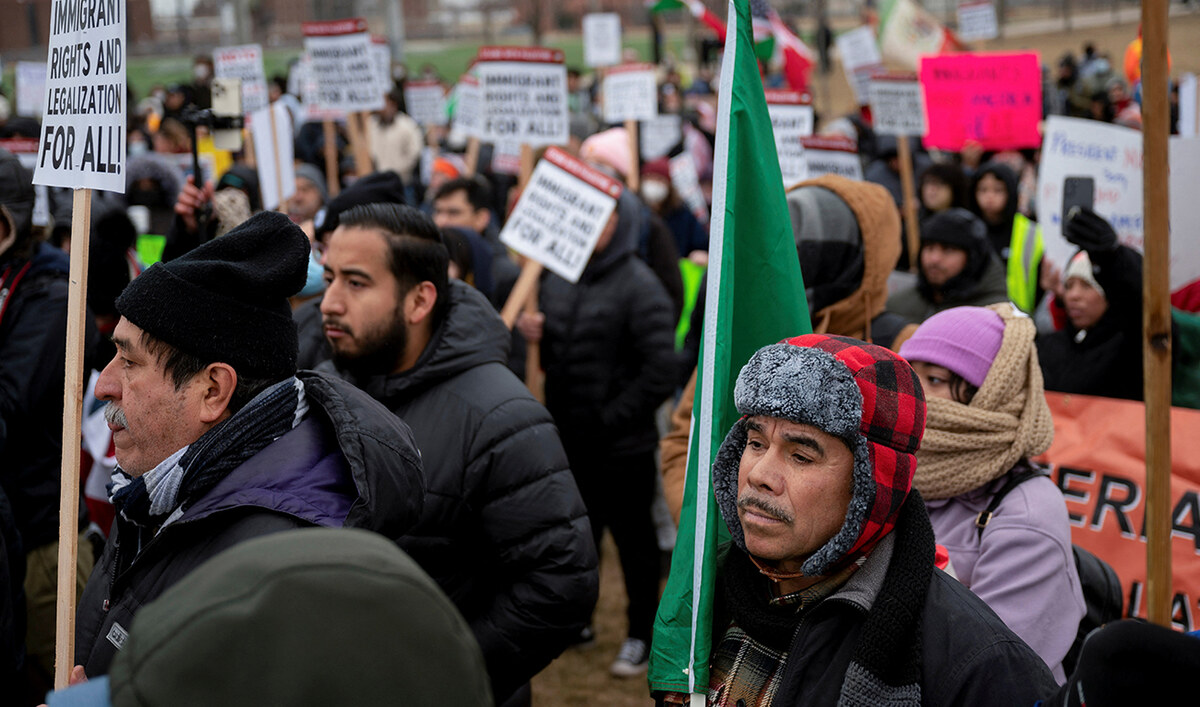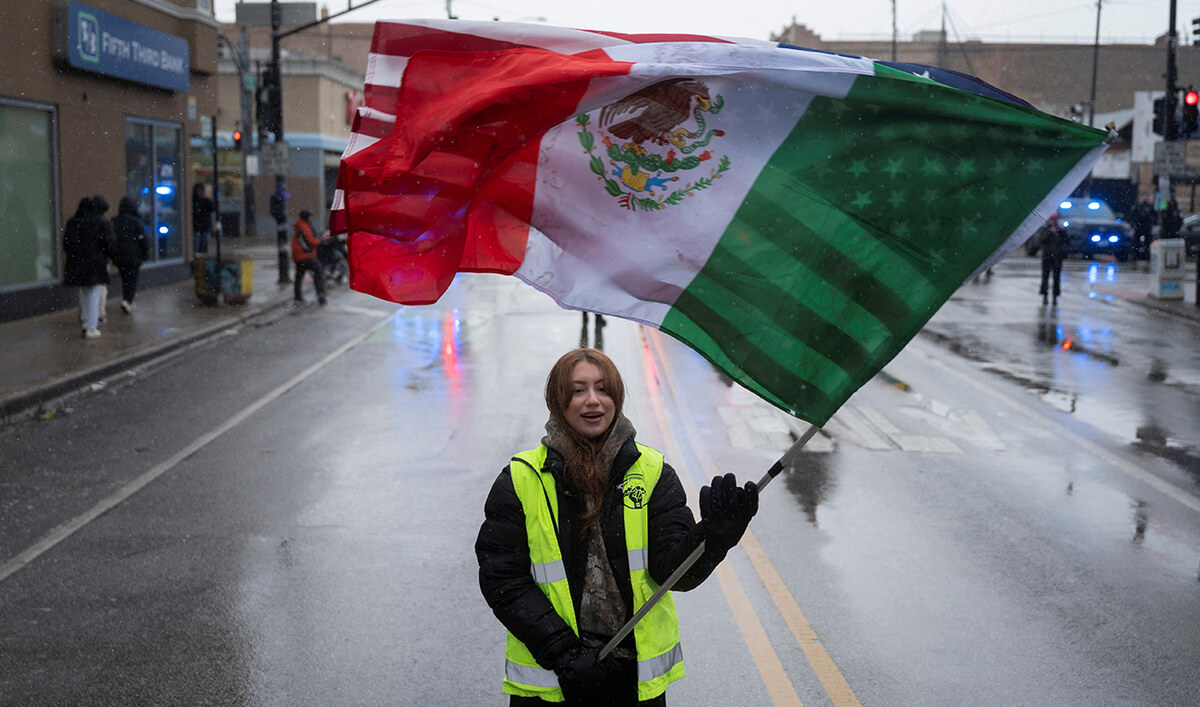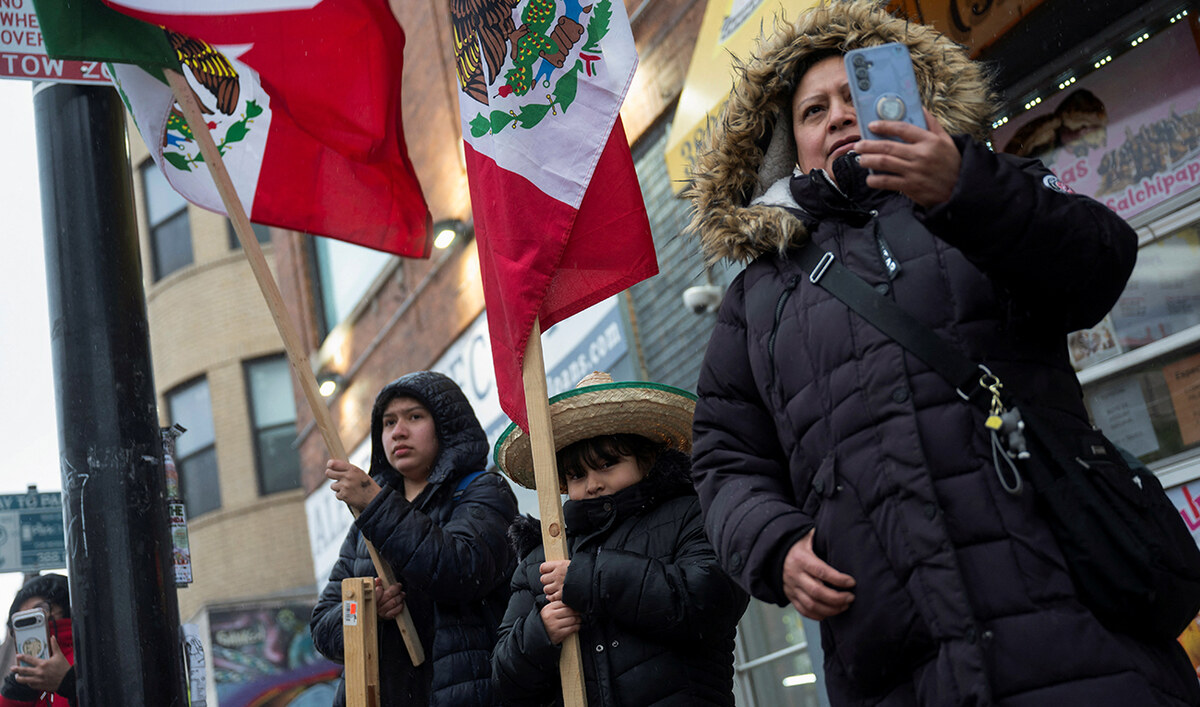MALIBU: As weather improved in Southern California, firefighters found some success Wednesday battling a wind-driven blaze burning in steep, nearly inaccessible areas that forced thousands, including celebrities, from their homes in Malibu, fire officials said.
With much of the coastal city under evacuation orders and warnings, residents waited anxiously to see whether their properties had been spared by the fire, which erupted late Monday and grew to more than 6 square miles (16 square kilometers). The blaze, dubbed the Franklin Fire, was just 7% contained.
About 20,000 residents remained under evacuation orders and warnings Wednesday evening, said Capt. Jennifer Seetoo of the Los Angeles County Sheriff’s Department
Firefighters had “a lot of success” battling the blaze Wednesday thanks to the improving weather, but it continued to burn in an area of very steep terrain that is difficult to access, CalFire Assistant Chief Dusty Martin said.
The National Weather Service said the week's strongest Santa Ana winds, with gusts that reached 40 mph (64 kph), have passed. Forecasters said that all red flag warnings, which indicate conditions for high fire danger and Santa Ana winds, were discontinued.
Santa Anas are notorious seasonal winds that blow dry air from the interior toward the coast, pushing back moist ocean breezes.
Much of the devastation occurred in Malibu, a community of about 10,000 people on the western edge of Los Angeles known for its stunning bluffs and Zuma Beach, which features in many Hollywood films.
Flames burned near horse farms, celebrities’ seaside mansions, and Pepperdine University, where students were forced to shelter in place on campus for a second night Tuesday.
Faculty members are determining how best to complete the semester, which ends at Pepperdine this week. Final exams were postponed or canceled, depending on the class, university spokesperson Michael Friel said. An early analysis showed little to no damage to structures on campus, the university said.
It’s unclear how the blaze started. Officials said nine structures had been destroyed and at least six others had been damaged, though crews had only surveyed about 25% of the affected area, said Deputy Chief Albert Yanagisawa of the Los Angeles County Fire Department.
Lonnie Vidaurri’s four-bedroom home in the Malibu Knolls neighborhood is one of those destroyed. After evacuating to a hotel in Santa Monica with his wife and two young daughters, a neighbor called to tell Vidaurri that firefighters would need to break into his house.
“It’s pretty torched all around,” said Vidaurri, 53. He expects that the family’s pet bunnies did not survive the fire, and that they lost most of their things. “My girls cried, obviously, but it could have been worse.”
Mimi Teller, a Red Cross spokesperson who worked in the Pacific Palisades neighborhood, said many people arrived in their pajamas and were “definitely in shock.”
“Nobody even had a backpack, it was, ‘Get out now,’” Teller said. “One lady didn’t even have a leash for her dog, she just scooped them up.”
Shawn Smith said he was asleep early Tuesday when someone knocked on his RV at 3 a.m. to wake him up to evacuate the Malibu RV Park.
“You could see the fires rolling in, in over the canyon. It was like ‘Holy crap, this is real,'” he said.
He returned Wednesday to find that the RV park had been saved — firefighters stopped the flames just before they entered the area.
“We got lucky,” he said.
Van Dyke, one of many celebrities with homes in Malibu, said in a Facebook post that he and his wife, Arlene Silver, evacuated as the fire swept in. Although the couple and most of their animals evacuated safely, one of their cats, Bobo, escaped as they were leaving. “We’re praying he’ll be OK and that our community in Serra Retreat will survive these terrible fires," he wrote.
Cher evacuated from her Malibu home when ordered and is staying at a hotel, her publicist, Liz Rosenberg, said Tuesday.
The fire erupted shortly before 11 p.m. Monday and swiftly moved south, jumping over the famous Pacific Coast Highway and extending all the way to the ocean.
Alec Gellis, 31, stayed behind Monday night to save his home in Malibu’s Serra Retreat neighborhood from the flames. He used pumps in the home’s swimming pool to help spray water over the house and surrounding vegetation, turning the lush area “into a rainforest.”
Gellis said there were flames within 5 feet (1.5 meters) of the home on all sides. “The whole canyon was completely lit up.”
Utilities preemptively shut off power to tens of thousands of homes and businesses, starting Monday night, to mitigate the impacts of the Santa Ana winds, whose strong gusts can damage electrical equipment and spark wildfires.
As of Wednesday afternoon, electricity was still out for roughly 600 Southern California Edison customers, and the majority of those were in Los Angeles County, said utility spokesperson Gabriela Ornelas.
“We have been making significant progress,” she said.
But outages in Malibu were not included in that figure, Ornelas said. Some 3,300 customers in the Malibu area remained without power, due to safety shutoffs and for firefighter safety. Power was first shut off to most customers in Malibu on Monday evening.
The Woolsey Fire that roared through the area in 2018, killing three people and destroying 1,600 homes, was sparked by Edison equipment. Asked Wednesday if Edison equipment was involved in the Franklin Fire, Ornelas referred all questions regarding the cause to fire officials.
Fire danger diminishes in Southern California even as crews continue to battle Malibu blaze
https://arab.news/j28aq
Fire danger diminishes in Southern California even as crews continue to battle Malibu blaze

- Malibu is a community of about 10,000 people on the western edge of Los Angeles renowned for its stunning scenery of seaside bluffs and Zuma Beach featured in Hollywood films



























